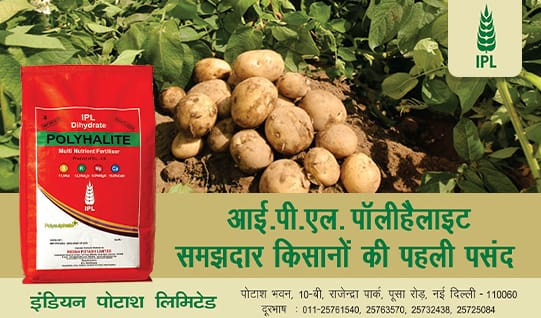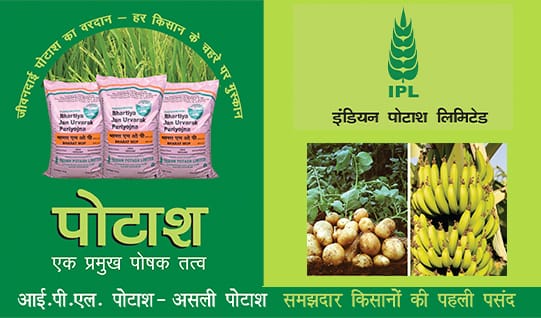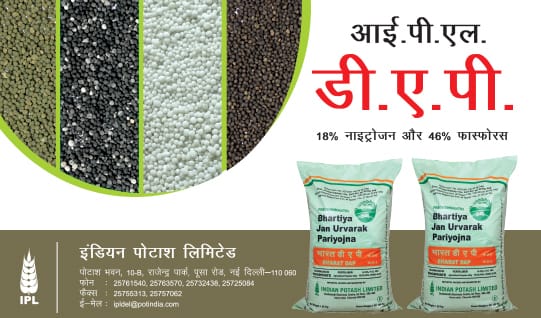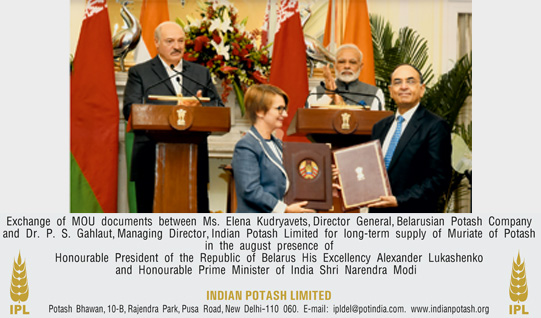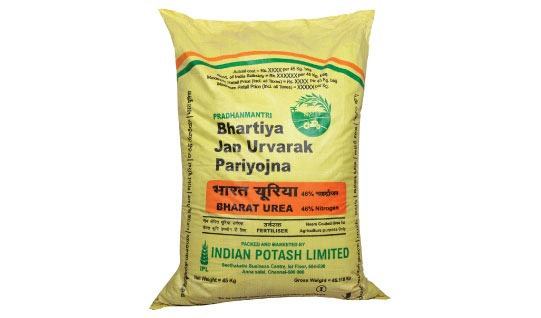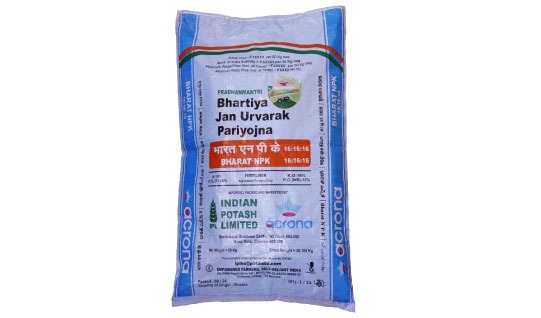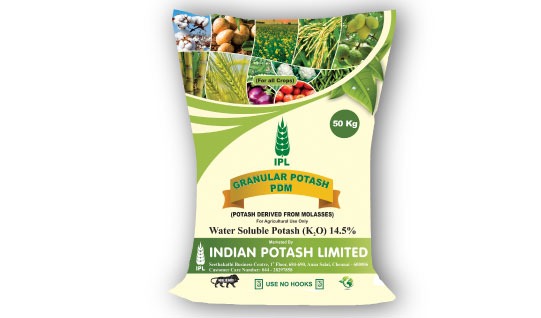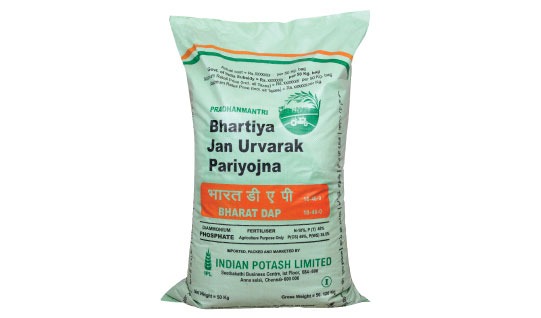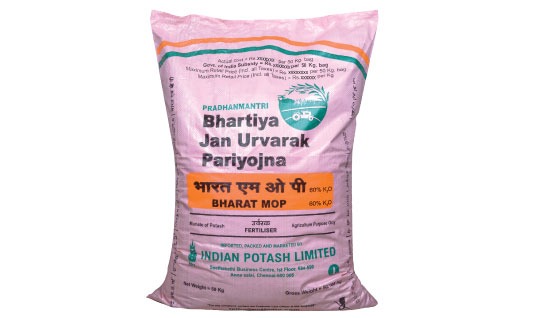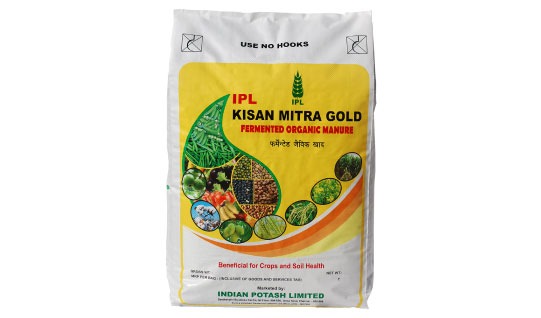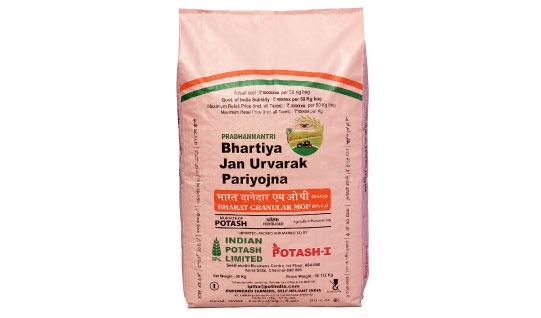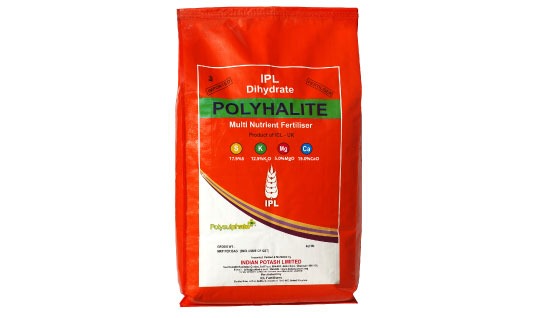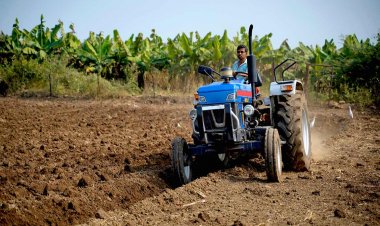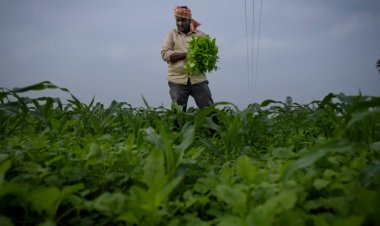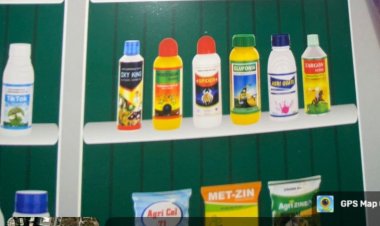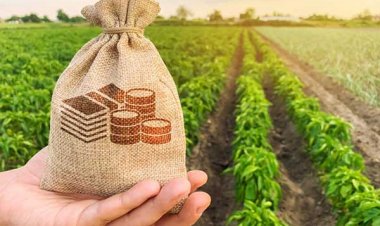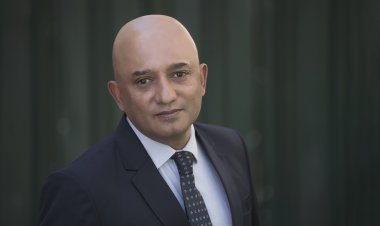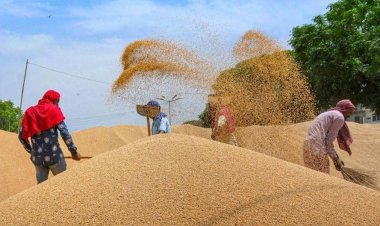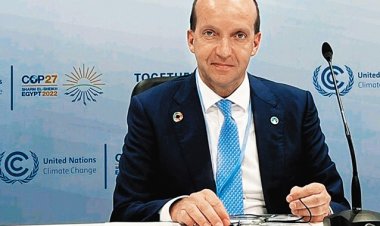Beginning of the End of Invisibility of Women in Mavai Hasngari Gram Panchayat
People of several castes and religions have been living here since the establishment of this GP. All castes and communities have been living here in peace and harmony and going to each other in functions and celebrations. If there is any quarrel or altercation, efforts are being made to solve them by talking to each other consensually.
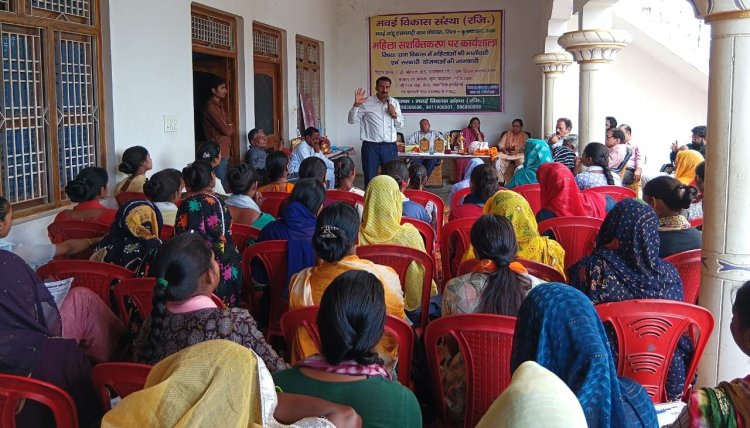
There were sayings with regard to women like ‘have pen in their hands but do not know how to write’, ‘have swords in their hands but do not know how to fight’, ‘women for the hearth and men for the war’. But presently these have become irrelevant because women are not only playing an important role in socio-economic development of the country but also fighting in the Military Forces and hitting a befitting reply to the opponents. This is also equally relevant for women who are living in the villages. The holistic development of village society and economy might be the guiding force for registering a social organisation named ‘Mavai Vikas Sanstha (MVS)’ in 2022 by the responsible people of the village. The society is headed by Dr. Sangeeta Ambavat and the task of socio-economic development of the village spearheaded by K P Singh who is a senior retired officer of Government of India. Before focusing on women empowerment, as one of important programme MVS has been Jagdev Singh former ‘Pradhan’ of the Gram Panchayat (GP) in association with president and K P Singh helping villagers by organising health camps and distributing stationary items among children of the village. But the turning point took place when a workshop on women empowerment was organized in the village on 26th April, 2025 by the Sanstha.
Mavai Hasangrahi Gram Panchayat located 131 km. from the national capital Delhi. on the bank of Ganga river in Bulandshahar district of Uttar Pradesh. Although the development block is located six km from GP, district headquarters is 51 km. According to recorded history of the village, it is said that seven and half centuries ago two brothers namely; Beer Singh and Abhay Raj, from Amritsar via Ulabas (Delhi) reached here and settled. The state capital is located 421 km. far from the GP. It has two revenue villages namely Mavai and Hasangrahi. Its population was 2542 souls in 2011 who are expected to soar to 5000 souls at present as per the record available with Gram Panchayat(GP). Out of the total population, 53 per cent constitutes male and 47 per cent female showing adverse sex ratio in the GP.. Similar is the position of voters in the GP. The village is so close to national capital but all are not literate in it as literacy rate is 64.32 per cent in 2011 and is the same at present showing no progress in the sphere of education although Munsi Singh (villagers used to call him Babuji) did his High Schooling in 1931. He was the first person in the GP who achieved high school education at that time.
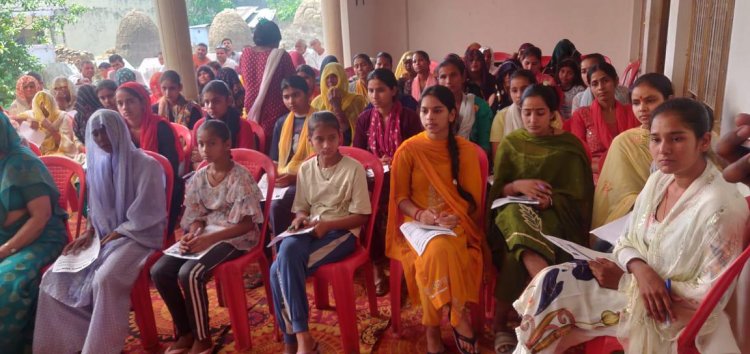
People of several castes and religions have been living here since the establishment of this GP. All castes and communities have been living here in peace and harmony and going to each other in functions and celebrations. If there is any quarrel or altercation, efforts are being made to solve them by talking to each other consensually. Agriculture is the main means of livelihood of villagers, however, there are no big farmers in the GP. Most of the farmers grow wheat and sugarcane. Very little inclination towards commercial crops or organic farming is found in the village. Some of the families also made their livelihoods by animal husbandry, mostly selling milk. Even after 75 years of independence when India went to the moon and became an IT hub, villagers took loans from mahajans ( money lenders) by paying an exorbitant rate of interest (36%). They have also been exploited by this exploitative system of taking loans. The village is so backward that even today the barter system is being practiced here. It is also a fact about the GP that 10 percent of people also left it for the search of employment elsewhere. Here, 32 households(hhs) are below poverty line, 349 households are priority household ration card holders, 34 hhs getting old age pension, 12 hhs getting differently able pension, 42 hhs taking widow pensions and 450 farmers are getting Pradhan Mantri Kisan Samman Nidhi.
On the basis of above facts, it may be said that GP is very backward not only from socio-economic angle but also from social and cultural point of view. By experiencing various problems of villagers, the awakened persons of the GP took the decision to form a society in 2022 to solve the problems of people particularly for the women who have suffered more in such an environment. This culminated in the organisinig a workshop on the theme of ‘Partnership of Women in Rural Development and Awareness about Schemes of Rural Development’ on 26th April, 2025 in which as many as 150 women participated. In this workshop, the author as Chief Guest of the programme apprised the participants in the participatory mode as what is development? What is rural development? What is planning? Women, particularly youth, applied their minds and expressed their views whatever they were having. Such a methodology of participation created an enabling environment for participants. He apprised participants about the Gram Sabha and its functions, Gram Panchayat and its functions, name of various committees to be constituted at GP level to handle various issues of the village society and economy. He also told the participants salient features of Mahatma Gandhi National Rural Employment Guarantee Scheme, Pradhan Mantri Awaas Yojana-Gramin, Pradhan Mantri Gram Sadak Yojana, Deendayal Antyodaya Yojana -National Rural Livelihoods Mission, Deen Dayal Upadhyay Grameen Kaushalya Yojana, and National Social Assistance Programme. Dr. Mahi Pal communicated to participants about issues relating to the theme of discussion with the help of examples and short stories. While interacting with the participants, it was found that they were not aware about the meetings of GP, who are the members of the GP, what are the committees supposed to be constituted and their work. Participants were also not aware about what is the role of GS in participatory governance, planning and development. It was astonishing to note that when asked about SHGs, none of the participants talked about them.. Later on, when enquired from the block office, it was found that as many as nine SHGs formed under DAY-NRLM in the village and one of them was formed long back in 2011.
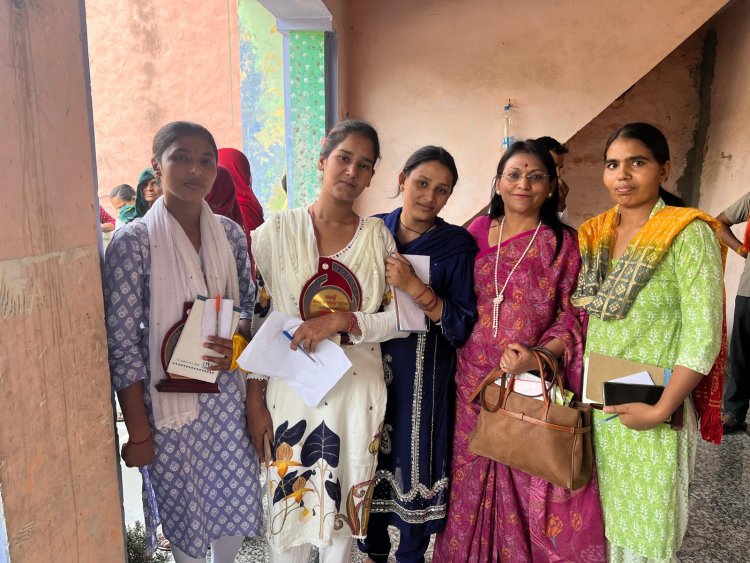
Though villagers were active in social functions and participating in functions but when their involvement and participation in governance through GP and development via harnessing the benefits of various wage-employment and self-employment programmes is concerned , they are silent, indifferent, unconcerned, etc.
In their turn, the special guest Padam Khera told participants about Panchayats and employment schemes. Shivam, a social activist, apprised women development and pensions schemes of the state government. Snehlata Gautam and Durgesh Chauhan who are imparting training of beauty parlour and fashion design to girls in the village explained employment opportunities for women in different schemes and programmes being run by the governments. K P Singh who is the coordinator of the workshop told participants about basic provisions contained in the Kenya Sumangal Yojana and Sukenya Samradhi Yojana. Jagdev Singh and Charan Singh Pradhan also participated in the programme
Dr. Sangeeta Ambavat, President of the MVS thanked all who could make the programme so effective and educative. She also promised participants her involvement in the development of the village on a sustained basis.
The future programmes which were envisaged in the workshop were (i) SHGs formation, training, linking them with market and other platforms (ii) Imparting training to youth on understanding village society, economy , behavioral change, motivation, communication skill, social capital , spiritual capital (iii) Preparation of action plan on the use of MGNREGS funds for the beautification of ponds and cleaning of small canal flowing in the middle of the village, (iv) Efforts for get constructing Gram Secretariat in the GP and (v) Plantation in the geographical area of the GP in the rainy season.
Immediate impact of the workshop is that there are moments in the activities of the SHGs, while earlier they were dormant. The officials after the workshop read between the lines by seeing the awareness in the village, they have started responding to those who belong to GP. Two whatsapp Groups have been formed as a medium of participation. One group has been formed only for women in which they are raising issues relating to their training and other concerns for education and health. These groups started building social capital promoting coordination and cooperation among different persons which in turn would facilitate village development holistically.
(Author is a former Officer of Indian Economic Service, government of India and President of the Karpa Foundation. Email: mpal1661@gmail.com)



 Join the RuralVoice whatsapp group
Join the RuralVoice whatsapp group
